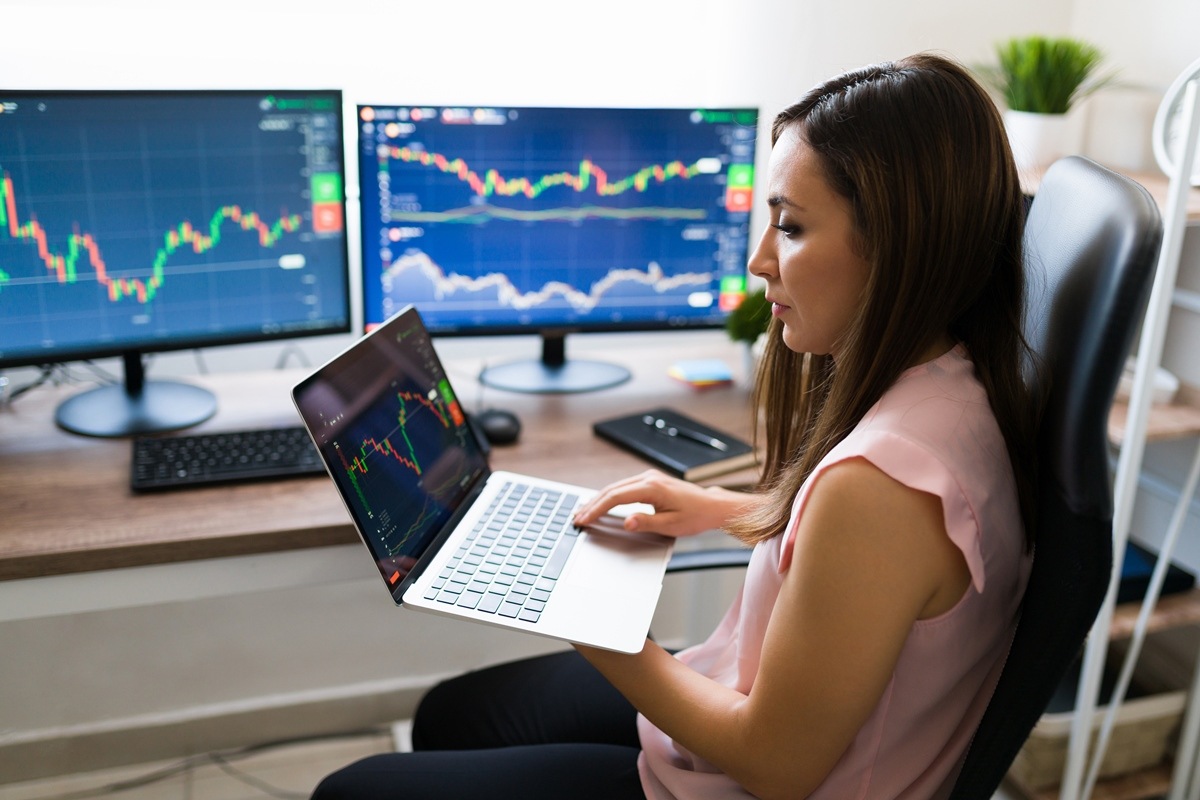Futures Trading Robot

The modern financial market is evolving at an astonishing pace. Just a few decades ago, traders relied solely on personal experience, intuition, and hours of chart analysis. Today, handwritten notes and outdated methods have been replaced by automated systems—trading robots capable of executing trades independently. Among them, a special place is held by robots designed for futures trading.
A futures contract is an agreement to buy or sell an asset at a specified price at a future date. This feature requires traders to predict changes in asset prices—whether oil, gold, or stock indices. A robot built for trading such instruments can analyze vast amounts of data in real-time, identify optimal entry and exit points, and—most importantly—act without emotions.
The primary advantage of a trading robot is its discipline. Humans can succumb to fear or greed, making impulsive trades, whereas algorithms strictly follow predefined strategies. They take into account historical data, statistics, technical indicators, and even news—if integrated with relevant services.
But it’s important to remember the risks as well. Any algorithm is created by a person, which means it contains assumptions and limitations. Changes in market conditions, volatility, or unforeseen events can lead to losses. Therefore, a skilled trader does not rely solely on a robot but regularly monitors its performance, adjusts strategies as needed, and controls results.
A futures trading robot is a software suite capable of independently analyzing the market, forecasting price movements, and executing trades. Modern algorithms have long surpassed simple trading advisors and have evolved into flexible systems with a wide range of functions.
An algorithm can process large datasets of historical and current information in seconds: price charts, volatility indicators, trading volumes, and past trade statistics.
It can utilize dozens of indicators simultaneously, combine them, apply machine learning methods, and adapt to changing market conditions.
Before deploying on the live market, a robot can backtest its strategy on historical data to assess its profitability and robustness.
A single algorithm can operate across multiple instruments and exchanges, expanding diversification opportunities.
Today, there are developments underway for robots that learn during trading, automatically adjusting their strategies. This will allow them to respond to unexpected events and capitalize on new trading opportunities without programmer intervention.
Hosting the robot on remote servers enables traders to monitor operations from any device, anywhere in the world, with minimal data transmission delays.
In the future, a single robot will be capable of managing not only futures but also stocks, cryptocurrencies, and other assets—allocating capital across the most promising strategies.
Machine learning and neural networks will help trading systems detect non-standard market patterns that are difficult for humans to spot.
While automated trading was once only accessible to large corporations and funds, now robots are becoming available to individual traders through ready-made platforms.
Today, a futures trading robot can perform functions that just a few years ago seemed like science fiction. Its capabilities—from lightning-fast data analysis to 24/7 trading—open up new horizons for traders. The prospects of advances in artificial intelligence, cloud technologies, and self-learning systems promise to make these systems even more intelligent, versatile, and profitable.